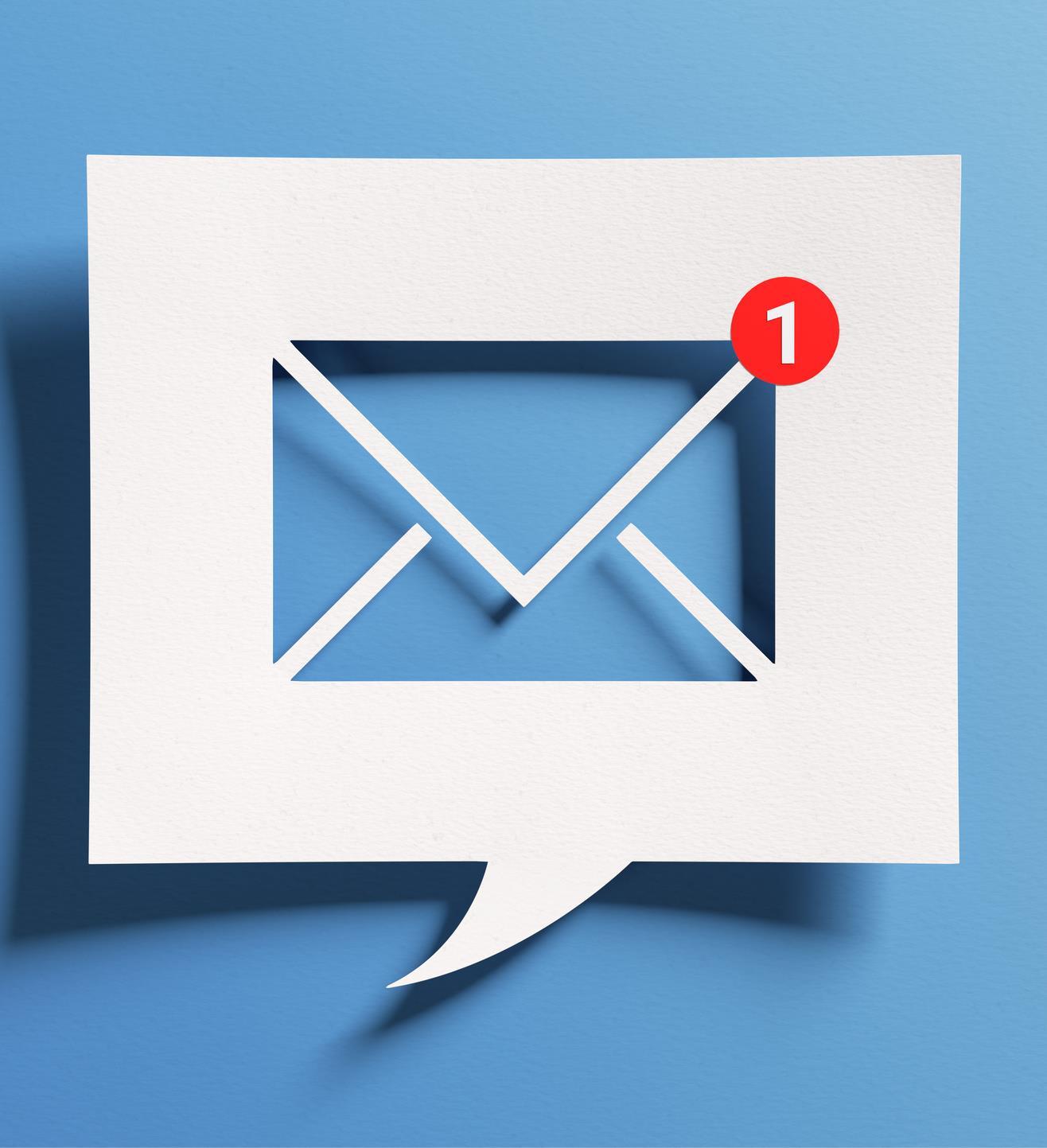Technologies for Effective Capital Campaigns
With Carolyn M. Appleton



◦ Preparing for a major gift campaign: mental framework, assumptions, feasibility studies, volunteer involvement, focus and establishing credibility
◦ The giving context
◦ Individuals
◦ Foundations and corporations
◦ Planned giving

Updated: April 4, 2023


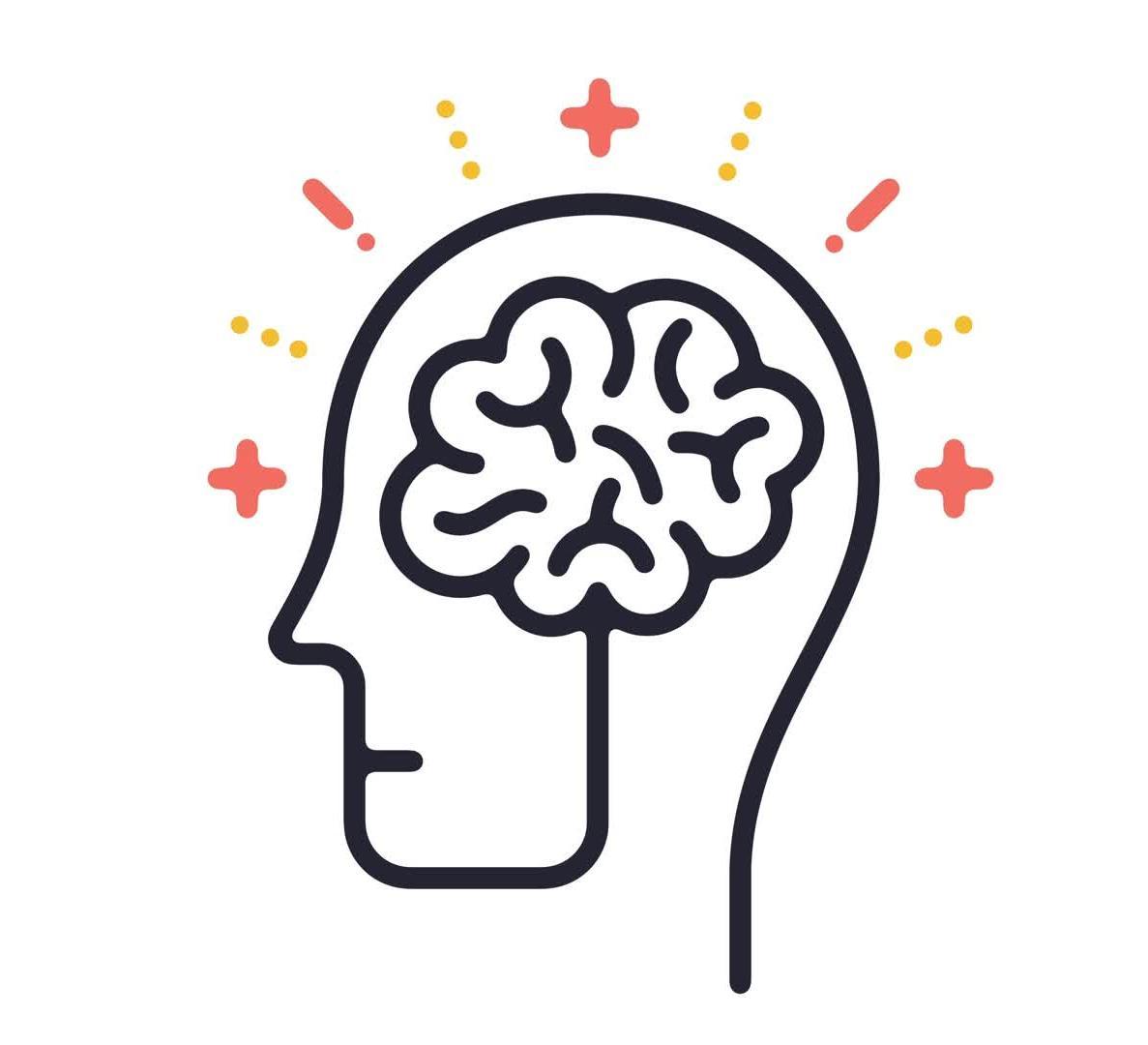
“If you are going to achieve excellence in big things, you develop the habit in little matters.
Excellence is not an exception it is a prevailing attitude.”
Colin Powell American statesman (1937 to 2021)
◦ The thought of six and seven-figure major gift campaigns can give rise to thoughts of expensive consulting firms, hiring more staff, and managing a multitude of details on top of busy day-to-day work loads.
◦ But a small focused, well-armed staff making use of appropriate technologies can successfully develop, implement, and succeed handily with major gift fundraising.

◦ Mandates set many professional support organizations: you must conduct one.
◦ Results can be mixed, leading to fundraising goals set too high or too low. Feasibility studies can also be expensive.
◦ Interview a consulting firm and hire the people you like there, not just the firm.
◦ Can you conduct an objective feasibility study without hiring an expensive outside firm: yes.
◦ Research and experience show major gifts are often made by a relatively small number of people, some of whom will contribute more than once.
◦ Turn to a broad-based “community” fundraising effort toward the end of your campaign. There are lots of crowdfunding tools that can help.
◦ In the meantime, focus on major gift prospects as the majority of your campaign’s donations will most likely come from them.

◦ Campaign volunteer committees and ongoing meetings can become unproductive. #OneOnOneWorks
◦ You can fundraise successfully with one or two active and engaged volunteers. #DoNotWorry
◦ Old rules still apply. Do not go “public” officially until approximately 60% of your campaign goal has been pledged/attained to avoid donor (and public) burnout.
◦ Capital campaign manager’s role: keep going and be a “driver.” Be quietly “relentless.”
◦ Polish your website and make it easy to navigate with donors and professional advisors in mind.
◦ Houseclean and update social media regularly. No activity on your social platforms can be mistakenly read as, “they are doing nothing.”
◦ Donors and professional advisors are more “online” than ever before: the impression you make online can “make or break” your credibility.
◦ Flesh out your GuideStar profile to the Gold or Platinum level (if applicable).
◦ Enable electronic giving (EFT, DAF Direct, cryptocurrencies), and prepare an internal pathway for donations of stocks and other non-cash assets.
✓ Inform every member of the staff about your work and be sure they feel part of the organization’s fundraising success.
✓ I have seen a groundskeeper inspire a $1 million endowment gift.
✓ I have seen a secretary (almost) sabotage a donor relationship. You may need to do the work yourself, by hand.

✓ I have seen angry donors swear they won’t give, but then once proper stewardship has been conducted, they do.
✓ I have watched six- and seven-figure donors work in the trenches as volunteers alongside staff and gladly. Foster your volunteer programs.
Carolyn’s Nonprofit Blog (December 2022)
“Everyone Matters”
“The problem in a nutshell is that nonprofits are receiving less money from donors at lower- and middle-income levels, making them increasingly dependent on major gifts from far smaller numbers of wealthy donors.”
“Reining in Philanthropic Megadonors: What the Data Tell Us Is Needed”
Chuck Collins and Helen Flannery
NQ: Nonprofit Quarterly (July 2022)

Donors will give to organizations that demonstrate impact and efficacy, those actively engaged in communication and education, and personalized donor engagement.
They will contribute to organizations with clear and consistent communication.
Donors acknowledge the shift to virtual interactions and the need to use more digital technologies was framed as inevitable.
They understand the perceived lack of impact can be responsible for a decline in giving.
Donors believe strong, compelling marketing communicating impact, and follow-up communication with donors after a gift was made, helped participants feel that an organization was reputable.
Lilly Family School of Philanthropy, Indiana University (January 2022)◦ Americans gave $484.85 billion in 2021, a 4% increase from 2020.
◦ Corporate giving in 2021 increased to $21.08 billion—a 23.8% increase from 2020.
◦ Foundation giving in 2021 increased to $90.88 billion—a 3.4% increase from 2020.
◦ Giving by bequest in 2021 was $46.01 billion - a 7.3% decline from 2020.
◦ In 2021, the largest source of charitable giving came from individuals, who gave 67% of all donations.
◦ You are looking at finding donors interested in and capable of giving to your campaign from:
◦ Individuals | $326.87 billion in 2021
◦ Foundations | $90.88 billion in 2021
◦ Bequests | $46.01 billion in 2021
◦ Corporations | $21.08 billion in 2021
◦ Every nonprofit is different (including types of donors), so focus your efforts accordingly.
◦ Be on the lookout for new statistics.

◦ You can manage a major gift campaign using Microsoft Word and Excel if need be. Simple works.
◦ A sophisticated constituent relationship management software will provide myriad additional resources for “digital” research and tracking, but you must get training.
◦ First and foremost, you need an organized, determined approach and willingness to thoroughly document your work.



“It’s not just who you know, but who they know. The average US CEO or non-profit trustee has a second-degree connection to more than 250 billionaires. From shared employment, education … boards and more, the networks of wealthy individuals are expansive.”
@AltradaOfficial on Twitter
◦ Do you already know who is capable of and interested in giving to your nonprofit?
◦ Sometimes the challenge is one of communication and confidence.
◦ Conduct independent research about their recent interests, philanthropy to your nonprofit and others, their colleagues, and more. Document the information in writing.


◦ Use volunteers to review the information.
◦ Focus on the most promising prospects.
◦ Don’t know who could be a major gift donor? Or does your nonprofit suffer from donor burnout?
◦ Consider wealth screening.
“Wealth screening software helps identify a donor’s capacity to give. To do this, wealth screening software looks at wealth indicators like real estate ownership, stock holdings, and business affiliations. Organizations can use the information collected … to segment their donors, create targeted donor communications, and tailor their donation solicitations to a donor’s capacity to give.”
 Kindful | Bloomerang
Kindful | Bloomerang
◦ I have uncovered many prospects about whom I had no prior knowledge.
◦ Caveats:
◦ Privacy concerns: professional wealth screening of publicly-available data.

◦ Reviewing results takes time; don’t be pressured to share screening results immediately.
◦ House and land rich, cash poor.
◦ Big city, small town.
◦ Refresh the screening after a year’s time. Things change.
◦ Just because you found new prospects doesn’t mean they are ready to give right now. #Cultivate
“Data Is Worthless Without Context”
Adam Blue, Forbes Technology Council (2022)
“Over the past 10 years, there’s been an explosion of data, but there are challenges to working with data that are being ignored. Namely, data without context is very confusing.”
There are several wealth screening companies that can help. A few:
◦ Altrata
• WE (WealthEngine) – the one I have used most often
• Wealth-X – research
◦ boodleAI
◦ iWave and more! #Research #Demo
◦ Yes, it costs but consider: I have paid a few thousand dollars and uncovered $100 million+ in prospects.
◦ #CouldBeBetterThanAFeasibilityStudy

Does your CRM integrate with a wealth screening and evaluation platform?
Be sure to check!
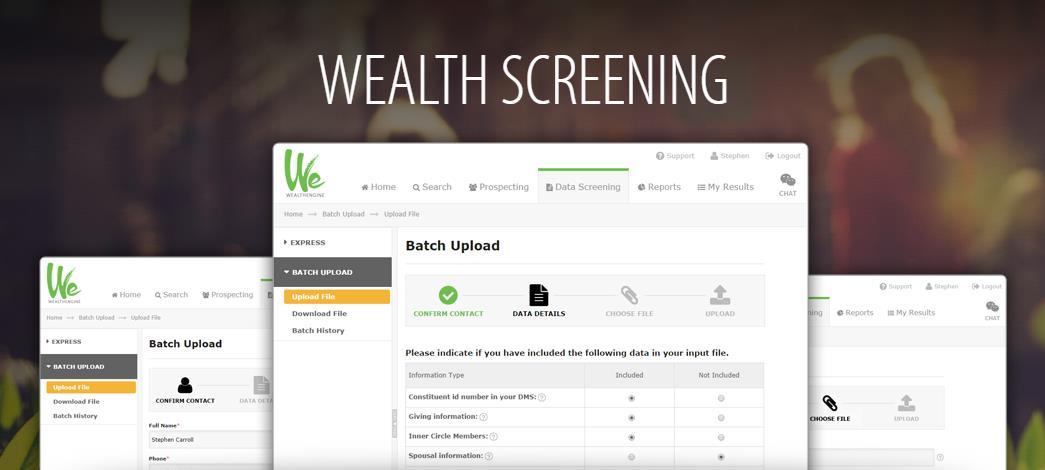
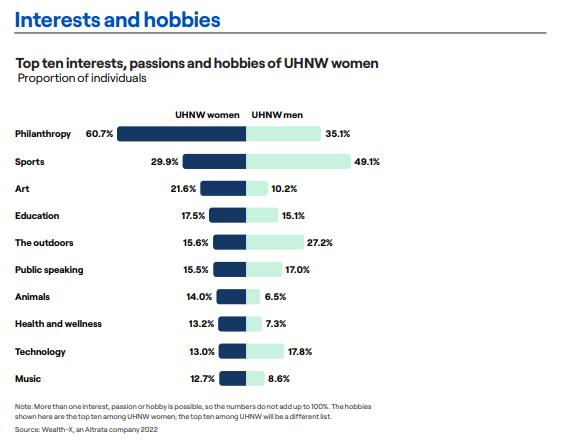
o They can upload your lists (donors current and lapsed, event attendees, volunteers, newsletter subscribers and more), and compile a prospect list based on affinity.

o Other platforms identify best prospects using ownership databases.
o boodleAI uses their own internal database of 240 million Americans.
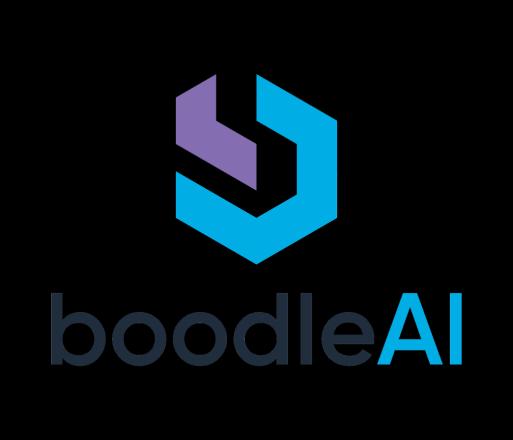







◦ Foundation Directory Online by Candid
◦ 90% of U.S. Foundations don't have websites.
◦ “With Foundation Directory Online, you can put Candid's extraordinary database and fundraising expertise to work for your organization, project, or client, while uncovering information on all 242,000 U.S. Foundations.”
◦ Corporations: search online for information about companies, public/private
o ARK Invest
o Bloomberg
o Fortune 500
o Forbes
o Just Capital
o News media outlets
◦ Instrumentl
oFoundations
oCorporations
oGovernment entities
◦ Other services
oFoundant | GrantHub
oGrants.gov
oGrantStation | Check for TechSoup discounts
oGrantWatch
oInside Philanthropy
oMetasoft Systems | FoundationSearch
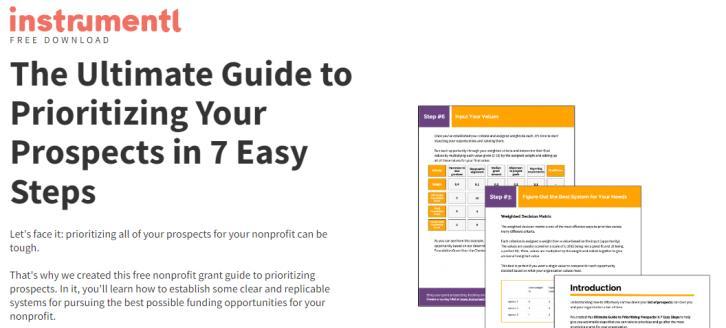


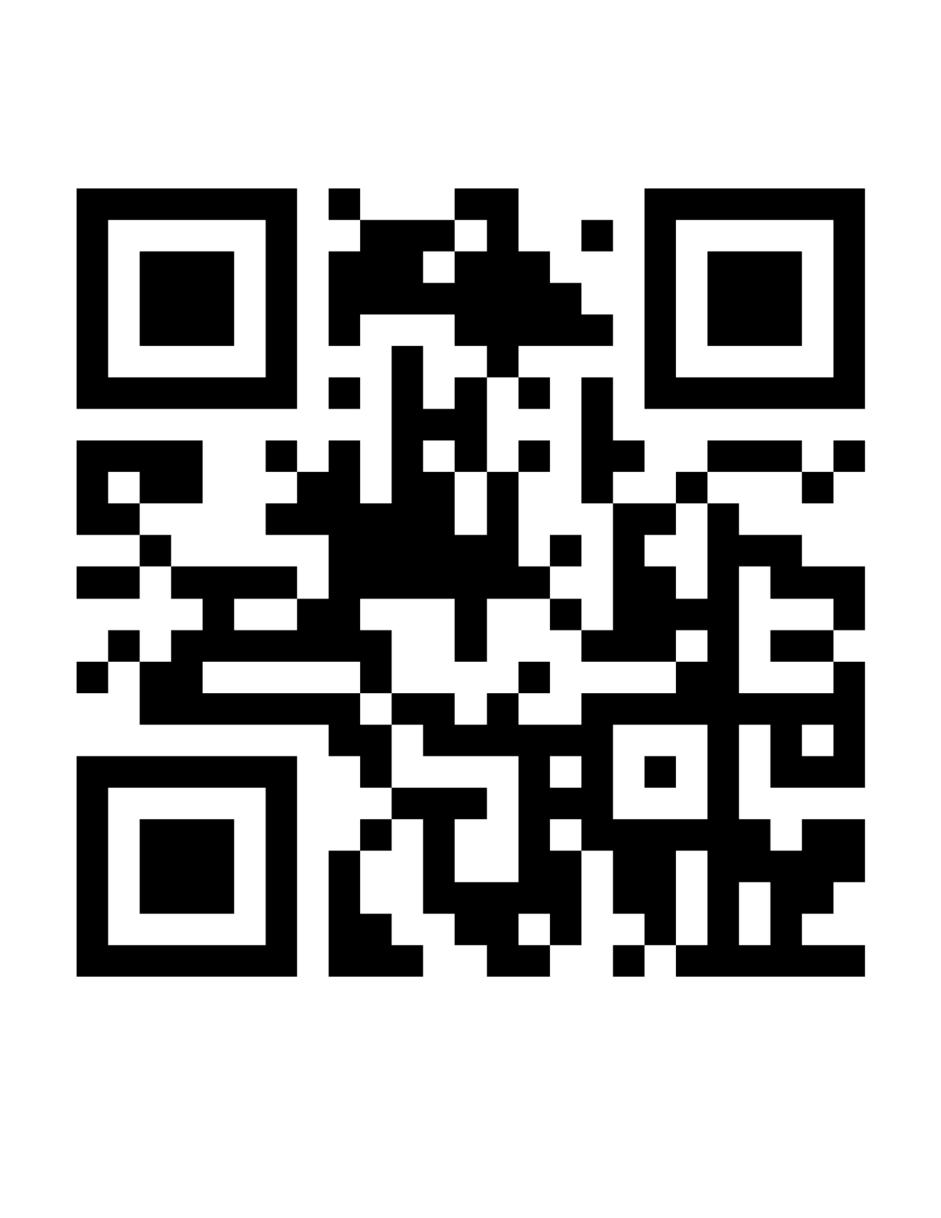

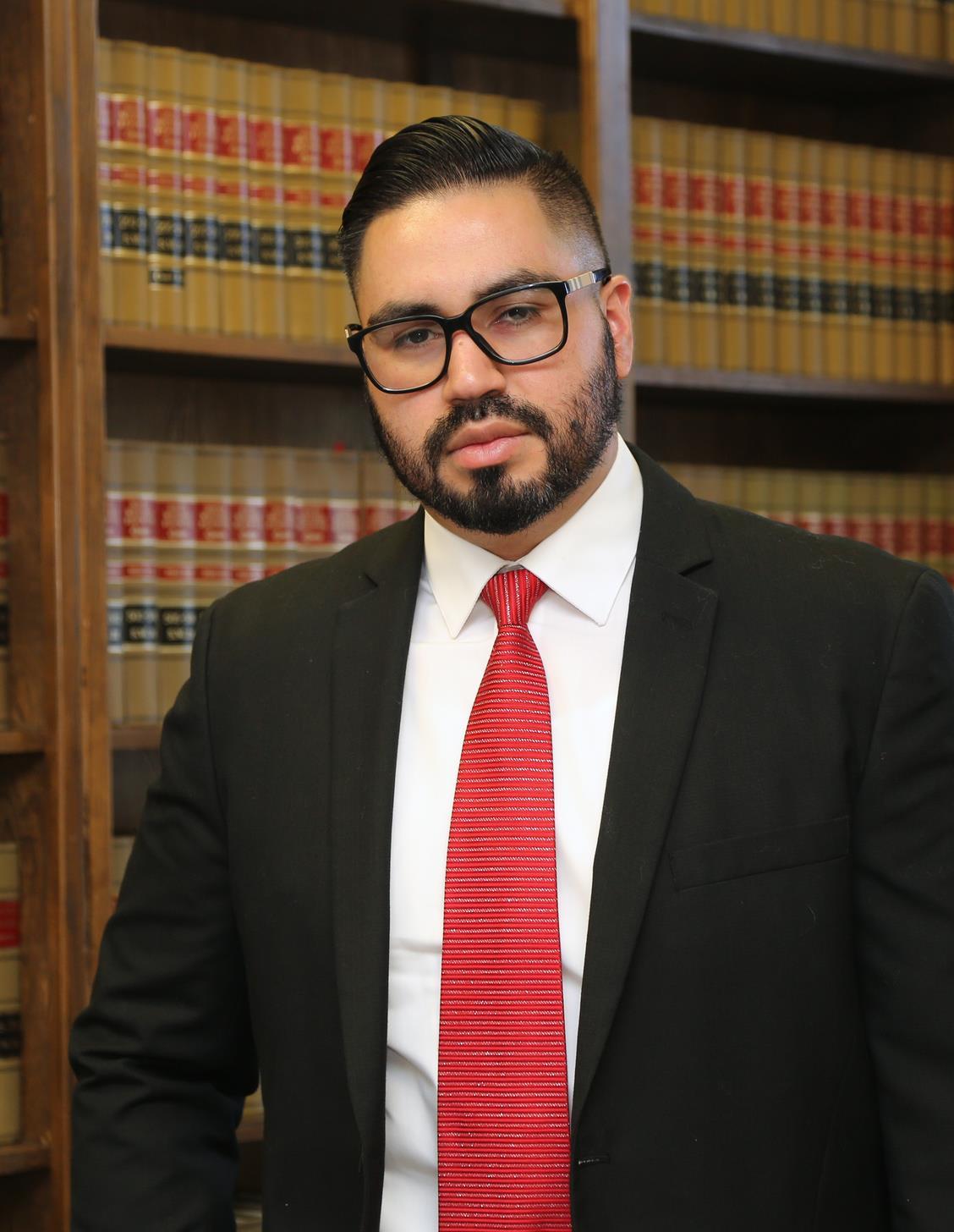
“We expect that around one-quarter of individuals with a net worth of $5 million will seek to pass on their estates to the next generation between now and 2030, which will involve the transfer of a staggering level of wealth [62 trillion].”
Wealth-X
“Preservation and Success: Family Wealth Transfer 2021”
(downloadable report)
o Baby Boomers account for more than 70% of all donations. Younger generations are poised to have an impact in coming years.
o Average donor age: 64.7 years old
o Almost 2/3 of donors identified as female vs. male
o Female: 60.7%
o Male: 39.3%
Link:
https://blog.greatnonprofits.org/giving-trends-2022infographic/


◦ Planned giving is a long-term fundraising strategy.

◦ In view of the massive wealth transfer underway, all nonprofits should focus to some degree on planned giving.
◦ If you have short-term needs, include planned giving in your campaign, but focus on donations that will result in more immediate responses.
“Crescendo Interactive offers an integrated marketing system with mobile-friendly websites, email campaigns, custom videos, donor proposal software, web to print, donor analytics, gift calculators and social media content.”


Relatively few nonprofits have the resources to hire professionals with the legal and technical expertise required to manage a successful planned giving program.
Carolyn recommends partnering with Crescendo to provide the legacy and planned giving information donors and professional advisors seek, while also reducing the need for additional staff.
Nonprofits of all sizes should promote planned giving.
Planned giving is not just for large nonprofit organizations and institutions!
https://www.nonprofitimpactma tters.org/data/downloadablecharts/









“Above all else, the wealthy prefer to give not directly to nonprofits, but to intermediaries - particularly their own private foundations and donor-advised funds, or DAFs. Of the $25 billion that America’s top 50 philanthropists gave to charity in 2021, for example, a full 69 percent of it - more than $17 billion - went to private foundations. The second-largest slice, another $2.6 billion, went to DAFs.”
“Reining in Philanthropic Megadonors: What the Data Tell Us Is Needed”
by Chuck Collins and Helen FlanneryNQ: Nonprofit Quarterly | July 2022

